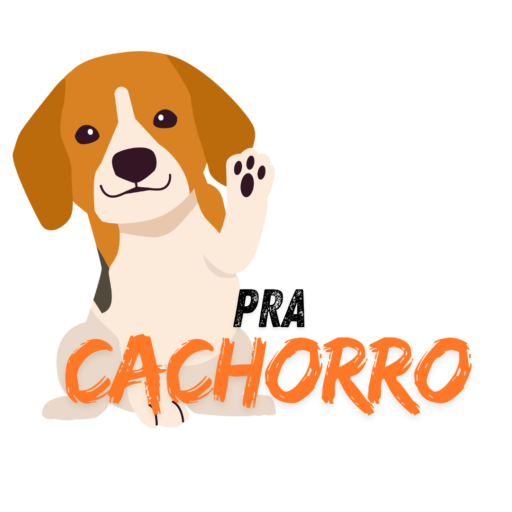Teaching your dog tricks is a fun way to strengthen your bond and stimulate your pet’s mind. One of the most popular and easy tricks to teach is the “give paw” command.
In this guide, you’ll learn how to teach your dog this trick in just 5 minutes, using simple and effective techniques.
Why teach your dog to shake hands?
Teaching your dog to shake paw is more than just a fun trick. This command also helps to:
- Strengthen the bond between you and your pet.
- Stimulate your dog’s mind by providing a mental challenge.
- Improve your dog’s overall obedience.
- Make it easier to perform grooming tasks, such as nail trimming or paw cleaning.
Now that you know the benefits, let’s take a step-by-step look!
Step by Step Guide to Teaching the “Give Paw” Command
Prepare the environment and materials
Before you begin, make sure you have everything you need:
- Treats: Choose something your dog loves, such as small pieces of chicken, cheese, or dog-specific treats.
- Quiet location: A distraction-free environment helps your dog focus.
- Time: Set aside a few minutes each day to focus solely on training.
Tip: Carry out training when your dog is calm and slightly hungry, as this increases motivation.
Position yourself correctly
Sit or kneel in front of your dog so that you are at his or her level. This creates a more comfortable environment and facilitates visual communication.
Tip: Make sure your dog is sitting. If he or she doesn’t already know the “sit” command, teach him or her first to make the process easier.
Use the treat as an incentive
Hold a treat between your fingers and show it to your dog. Let him smell it, but don’t hand him the treat yet. This will capture his attention and build anticipation.
Encourage paw movement
With the treat in hand, follow these steps:
- Bring the treat close to your dog’s paw: Bring the treat close to your dog’s paw to encourage him to lift his paw naturally.
- Gently hold his paw: If he doesn’t lift his paw on his own, gently hold it.
- Say the command “Give me your paw”: While holding his paw, say the command clearly. Always use the same tone of voice.
- Reward immediately: As soon as he allows you to hold his paw, give him the treat and praise him enthusiastically (“Good job!” or “Good boy/girl!”).
Repeat this process a few times so that he associates the command with the movement.
Reduce aid gradually
Over time, your dog should start lifting his paw on his own when you say the command. When this happens:
- Stop manually holding the paw.
- Reward only when he lifts his paw voluntarily.
Tip: Be patient and consistent. Some dogs learn faster than others, but all dogs can learn with practice.
Practice daily
Repeat the training in short, 5-minute sessions each day. This will prevent your dog from becoming bored or frustrated.
Tip: Vary the times and places of training to ensure that your dog learns the command in different situations.
Extra Tips for Success
- Be consistent: Always use the same command (“Give me your paw”) and the same hand gesture.
- Praise and reward: In addition to treats, use words of encouragement and affection to reinforce the behavior.
- Avoid punishment: If your dog doesn’t understand the first time, be patient. Punishment can create fear and make learning more difficult.
- Practice in different environments: Once your dog has learned at home, practice in other places to reinforce the command.
Common Problems and How to Solve Them
My dog doesn’t lift his paw
If your dog won’t lift his paw on his own, try the following solutions:
- Use a more enticing treat.
- Change your tone of voice to something more upbeat.
- Try holding his paw a few times before trying again.
He gets distracted during training
- Choose a quieter environment.
- Train at times when your dog has less energy, such as after a walk.
He seems uninterested
- Reduce the training time.
- Vary treats to keep your dog interested.
- Make sure he is not tired or uncomfortable.
Benefits of Teaching Your Dog Tricks
In addition to being a fun activity, teaching tricks like “giving a paw” brings several benefits:
- Stimulates the mind: Keeps your dog mentally active and happy.
- Strengthens the bond: Creates a stronger connection between you.
- Improves behavior: Dogs that undergo regular training are more obedient and confident.
- Helps in practical situations: Tricks like “give a paw” can make daily care easier, such as trimming nails or cleaning paws.
Conclusion
Teaching your dog to shake paws is a quick, fun activity that is full of benefits. With just 5 minutes a day, you can teach this trick and also strengthen your relationship with your pet. Remember to be patient, consistent and always reward your dog for progress. Now it’s your turn: get to work and start training your dog today!
Did you like these tips? Share this article with other tutors and help more people connect with their dogs. 🐾



